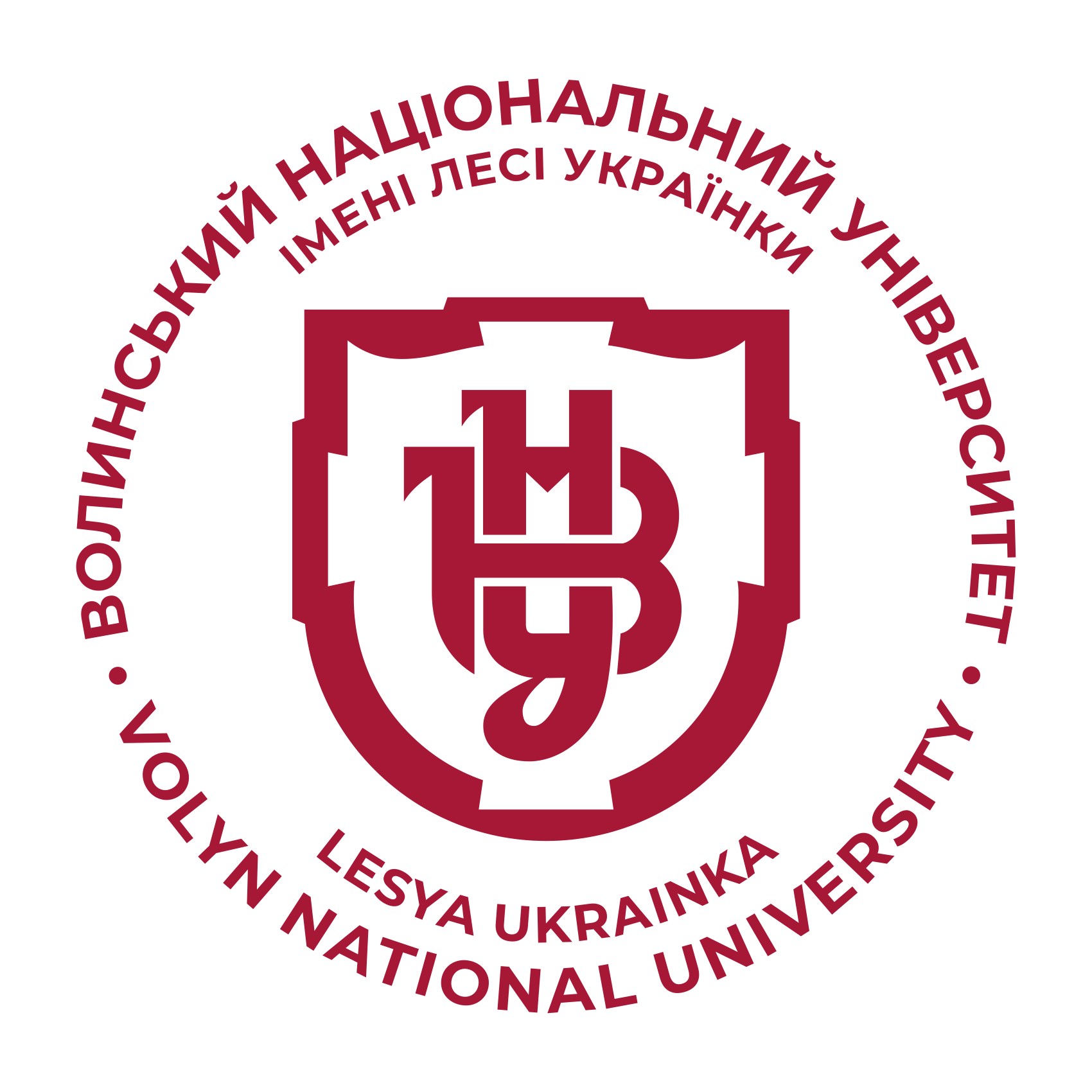FEATURES OF THE ANALYSIS OF THE FINANCIAL CONDITION OF THE ENTERPRISE IN MARTIAL LAW
DOI:
https://doi.org/10.29038/2786-4618-2022-04-36-42Keywords:
financial condition, property status, liquidity, financial stability, profitability, martial lawAbstract
Introduction. An important characteristic of the production and financial activities of enterprises is the financial condition, the formation of which is influenced by both production and financial and economic activities. The financial condition of the enterprise directly affects its ability to compete in the market environment, its ability to cooperate with business partners. Therefore, the financial condition of the enterprise is an important characteristic of both internal and external environment.
The purpose of the article is to substantiate the theoretical aspects of financial analysis for diagnosing and formulating recommendations for strengthening the financial condition of the enterprise in modern conditions.
Results. The concept of financial condition is complex and complex, characterizing various spheres of enterprise activity. In the scientific environment there are different approaches to its definition, its main criteria are financial stability, solvency, profitability, optimal distribution of profits, etc. Assessment of the financial condition of the enterprise, as an important component in the process of enterprise management, should be carried out on an ongoing basis using traditional methods of analysis: vertical, horizontal and coefficient, which have advantages and disadvantages. The main method is the coefficient method, which includes a set of indicators in five areas of analysis - property status, financial stability, liquidity, business activity, financial results and profitability. All these indicators have peculiarities of interpretation and compliance with the standards under martial law.
Conclusions. The hostilities during 2022 put many enterprises on the brink of existence, the need to find answers to new challenges and quickly solve them, primarily related to the preservation of personnel and ensuring their safety, the preservation of property and facilities, the establishment of new logistics routes and transportation of products, the search for new customers or orders, etc.
References
Kostenko, Yu. & Korolenko, O. & Huz, M. (2022)/ Analiz finansovoi stiikosti pidpryiemstva v umovakh voiennoho stanu. [Analysis of financial stability of the enterprise under martial law]. Ekonomika ta suspilstvo - Economy and society, № 43. DOI: https://doi.org/10.32782/2524-0072/2022-43-77 [in Ukrainian].
ASS. Vedennia biznesu pid chas viiny v Ukraini.(2022). [ACC. Doing business during the war in Ukraine]. Available at:: https://chamber.ua/ua/news/rezultaty-ostannoho-opytuvannia-palaty-87-kompaniy-chleniv-hotovi-aktyvno-doluchatysia-do-vidbudovy-ekonomiky-ukrainy-pislia-viyny/ [in Ukrainian].
ASS. Vedennia biznesu pid chas viiny v Ukraini. (2022). [ACC. Doing business during the war in Ukraine]. Available at: https://chamber.ua/ua/news/94-kompaniy-chleniv-palaty-vvazhaiut-shcho-mozhlyvyy-zymovyy-blekaut-ne-zavadyt-ukraini-vyhraty-viynu-95-perekonani-shcho-rosiia-povynna-vyplachuvaty-reparatsii-ukraini-rezultaty-ostannoho-opytuvanni/ [in Ukrainian].
Hotra, V. V. & Ripych, V. V. & Diachok, A. V. (2017). Diahnostyka finansovoho stanu pidpryiemstva ta shliakhy yoho pokrashchennia. [Diagnostics of the financial condition of the enterprise and ways to improve it]. Ekonomika i suspilstvo - Economy and society, № 8. pp. 219-223. [in Ukrainian].
Denysenko. M. P. & Zazymko, O. V. (2015).Osnovni aspekty otsinky finansovoho stanu pidpryiemstv. [The main aspects of assessing the financial condition of enterprises]. Ahrosvit – Agrosvit, № 10. pp. 52-58. URL: http://www.agrosvit.info/pdf/10_2015/10.pdf [in Ukrainian].
. Kovtunenko, Yu. V. (2016). Metodychni osnovy analizu finansovoho stanu promyslovoho pidpryiemstva. [Methodical bases of analysis of financial condition of industrial enterprise]. Ekonomika. Finansy. Pravo. - Economics. Finance. Law, № 8/2. pp. 40-41. [in Ukrainian].
Kutsai, N. S. & Demchuk ,V. O. (2021). Sutnist, zadachi ta etapy upravlinnia finansovym stanom pidpryiemstva. Modern Economics. № 25. pp. 92-97. DOI: https://doi.org/10.31521/modecon.V25(2021)-14. [in Ukrainian].
Chepka, V., & Sviderska, I., & Havrylenko, Yu. (2020). Finansovyi stan pidpryiemstva: teoretychni osnovy. [Financial condition of the enterprise: theoretical foundations]. Investytsii: praktyka ta dosvid - Investments: practice and experience, № 19-20. pp. 96-102. [in Ukrainian].
Iatsukh, O. O., & Zakharova, N. Yu. (2018)/ Finansovyi stan pidpryiemstva ta metodyka yoho otsinky. [The financial condition of the enterprise and the methodology of its evaluation]. Vcheni zapysky TNU imeni V. I. Vernadskoho. Seriia: Ekonomika i upravlinnia - Scientific notes of TNU named after V. I. Vernadsky. Series: Economics and management, № 3. pp. 173-180. [in Ukrainian].
Nepochatenko, O. O., & Melnychuk, N. Yu. (2013). Finansy pidpryiemstv [Finance of enterprise]. Kyiv. Ukrainian.
Begun, S. I. (2014). Poniattia finansovoho stanu pidpryiemstva. [The concept of financial condition of the enterprise]. Ekonomichni ta sotsialni innovatsii yak faktor rozvytku ekonomiky: materialy KhIKh Mizhn.nauk.-prakt.konf., 29-30 travnia 2014 r. - Economic and social innovations as a factor of economic development: materials of XIX International scientific-practical conference, May 29-30, 2014, Lutsk. pp. 262-263. [in Ukrainian].
Kalna, T. A. (2014). Pryiomy finansovoho analizu: perevahy ta nedoliky. [Financial analysis techniques: advantages and disadvantages]. Ekonomichnyi analiz - Economic analysis, Vol. 15(2). pp. 13-18. Available at: http://nbuv.gov.ua/UJRN/ecan_2014_15%282%29__4 [in Ukrainian].
Soroka, Y. Y. (2015). Zarubizhnyi dosvid otsiniuvannia finansovoho stanu pidpryiemstv v suchasnykh umovakh hospodariuvannia. [Foreign experience in assessing the financial condition of enterprises in modern economic conditions]. Naukovyi visnyk Uzhhorodskoho universytetu. - Scientific Bulletin of Uzhhorod University, Vol. 2. pp. 363-367. Available at: http://nbuv.gov.ua/UJRN/Nvuuec_2015_2_63. [in Ukrainian].
Slutskyi, B. U. (2022). Minfini rozpovily, shcho vidbuvaietsia z kredytuvanniam biznesu pid chas viiny. [The Ministry of Finance told what happens to business lending during the war]. Unian – vebsait - Unian - website. [Online]. Available at: https://www.unian.ua/war/v-rossii-nachali-soobshchat-o-pervyh-pogibshih-v-ukraine-iz-chisla-nedavno-mobilizovannyh-12007674.html (Accessed 22 December 2022). [in Ukrainian].
Prysiazhna, L. (2022). Derzhava nadavatyme pilhovi kredyty biznesu, yakyi cherez viinu vtratyv svoi vyrobnychi potuzhnosti. [The state will provide preferential loans to businesses that have lost their production facilities due to the war]. Available at: https://biz.ligazakon.net/news/214681_derzhava-nadavatime-plgov-krediti-bznesu-yakiy-cherez-vynu-vtrativ-svo-virobnich-potuzhnost (Accessed 22 December 2022). – Name from the screen [in Ukrainian].
Begun, S. I. (2020). Faktornyi analiz finansovykh rezultativ diialnosti pidpryiemstva: statystychna otsinka. [Factor analysis of financial results of enterprise activity: statistical estimation]. Ekonomichnyi chasopys SNU imeni Lesi Ukrainky - Economic Journal of Lesya Ukrainka EENU, № 3 (23). pp. 168-176. DOI: https://doi.org/10.29038/2411-4014-2020-03-168-176 [in Ukrainian].
Stashchuk, O., & Zhihar, N. (2022). Formuvannia ta vykorystannia prybutku subiektiv hospodariuvannia v umovakh voiennoho stanu. [Formation and use of profit of economic entities under martial law]. Ekonomichnyi chasopys VNU imeni Lesi Ukrainky - Economic Journal of Lesya Ukrainka VNU, № 3 (31), pp. 12-17. DOI: https://doi.org/10.29038/2786-4618-2022-03-12-17 [in Ukrainian].







